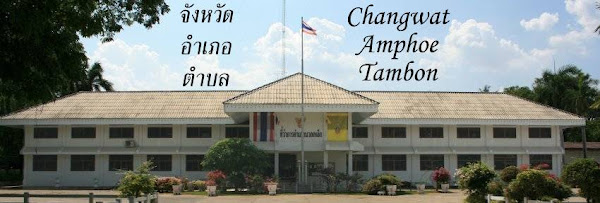Yesterday I stumbled upon the
Wikipedia article on the Varadis Palace, the former residence of Prince Damrong. The article consisted of the single sentence
Varadis Palace is a museum in Bangkok, Thailand.
How much I hate articles like this, they are totally useless in my view. In moments like this I wish the English Wikipedia would adopt the same policy on such non-articles as the German Wikipedia, where stuff like this is instantly deleted. I enlarged by more than 100%, only adding the most trivial things like that it was the home of Prince Damrong, that it was built in 1911 and renovated in 1996, as well as adding the geotag so it will show up in Google Earth or Google Maps in the future as well. All these things the original author could have done by investing 5 minutes on Google, instead of leaving the actual work to someone else. The article is now still very short and has a lot of potential for future expansion, but at least it contains the most important information and not just the obvious ones. And to make it worse - there are maybe 100 articles in this state on various sights in Bangkok, all linked from a
list of museums in Bangkok - which even includes Phutthamonthon to be in Bangkok.
But how is this related with the topic of this blog. Prince Damrong Rajanubhab was the first Interior Minister of Thailand, and it was him who created the administrative system still in use today in the
thesaphiban (เทศาภิบาล) administrative reforms at the beginning of the 20th century.When I first read about this palace in the
tour-bangkok-legacies website it is on my list of places I need to visit, but so far I haven't made it there - otherwise I might have written the above article before already, and would also have photos to illustrate it.
When Googeling to enlarge that article, I also came across a
website dedicated to Prince Damrong from the Ministry of Interior. However in English it sadly only has
one page.





